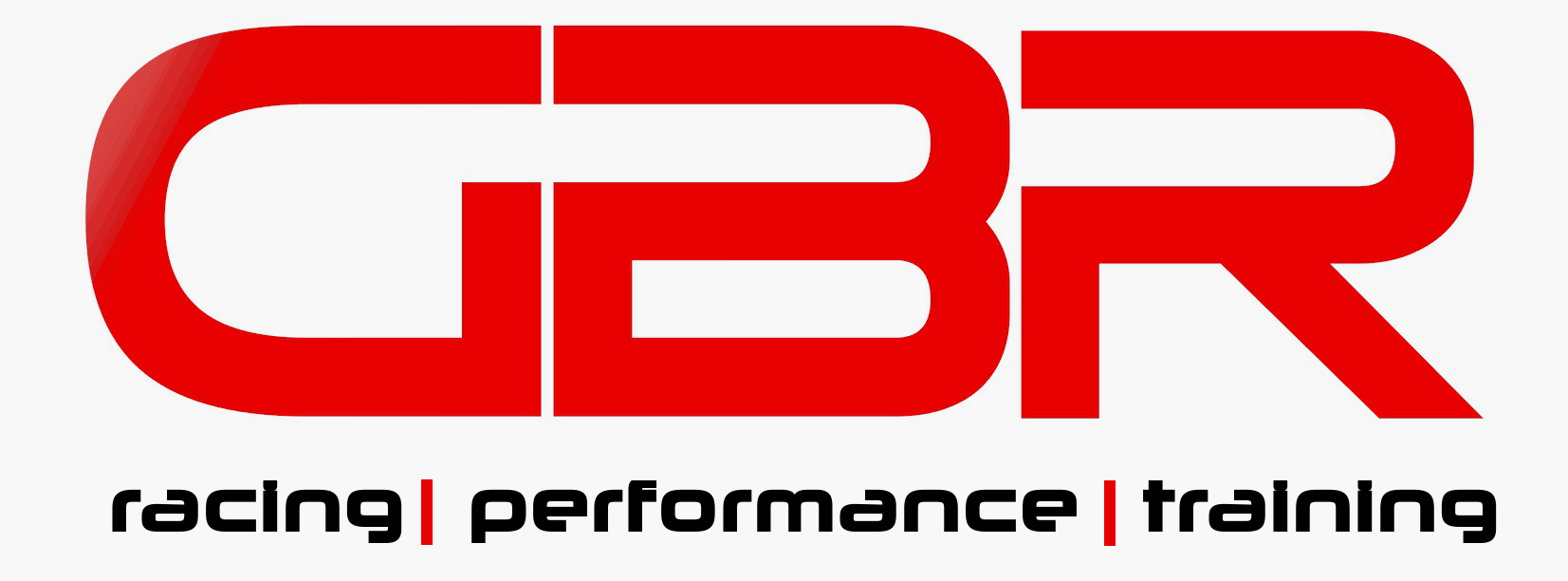
Marketing Training is Vital if your Automotive Garage Business is going to attract the ‘Right’ customers.
All businesses need customers and Garage Businesses are no different.
It all starts with the Marketing Brief.
The Power of the Marketing Brief
As a garage owner, you're an expert in vehicle maintenance, but are you equally skilled in marketing your business?
Many garage owners overlook the importance of a structured marketing approach. That’s where garage business marketing training comes in, starting with the often-neglected marketing brief.
A marketing brief is the cornerstone of any successful campaign. It provides focus and direction, ensuring your marketing efforts align with your business goals. But why do so many garage owners skip this crucial step?
The truth is, running a garage keeps you busy. It’s tempting to jump straight into creating social media posts or local ads without a clear strategy. However, this approach often leads to unfocused, ineffective marketing.
Garage business marketing training emphasizes the importance of a well-crafted marketing brief. This document outlines your campaign’s aims and objectives, serving as a roadmap for your marketing activities. It starts with your business’s core values and purpose, ensuring your marketing truly represents your garage’s ethos.
A key component of the brief is setting SMART goals – Specific, Measurable, Achievable, Realistic, and Time-bound. For instance, you might aim to increase your customer base by 15% in the next quarter. This gives you a clear target to work towards and measure your success.
Another crucial element is identifying your target audience. Are you focusing on local car owners or perhaps fleet managers? Understanding your ideal customer allows you to tailor your message effectively.
Lastly, your brief should outline your marketing strategy, including the media you’ll use, content types, timeline, and budget. This comprehensive approach ensures every marketing action serves a purpose.
Investing time in garage business marketing training and learning to create effective marketing briefs can transform your approach to promoting your business. It’s not just about attracting more customers; it’s about attracting the right customers with the right message at the right time.

